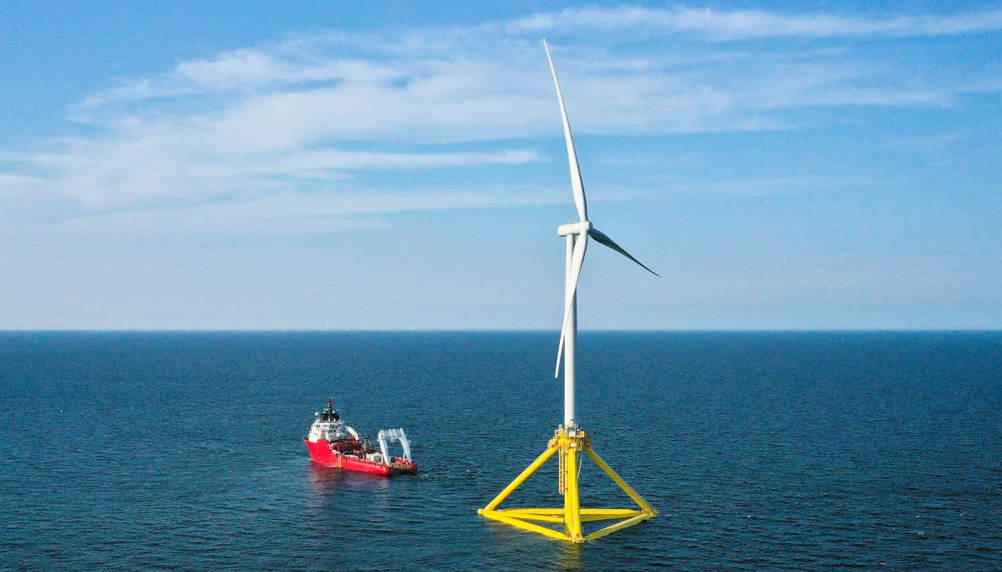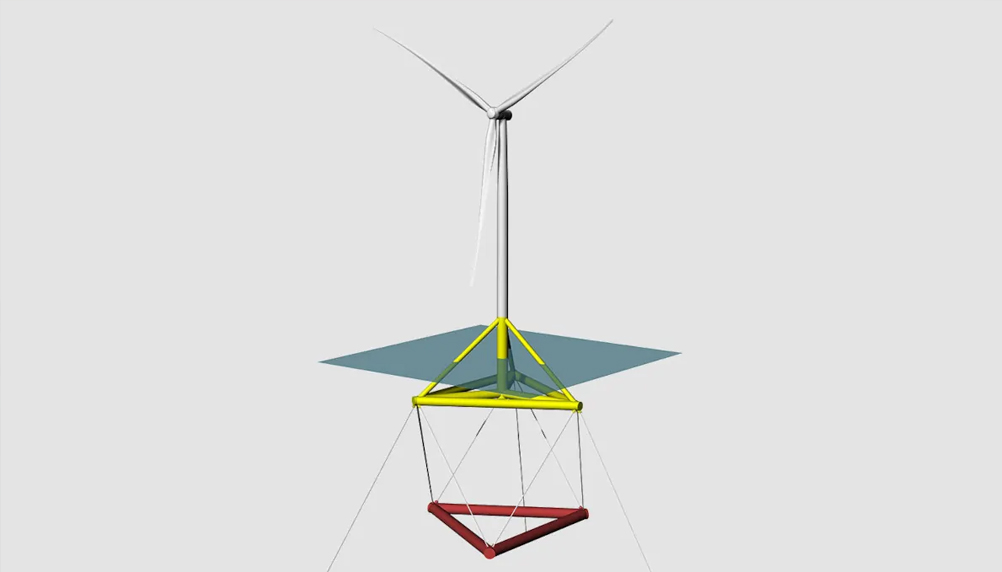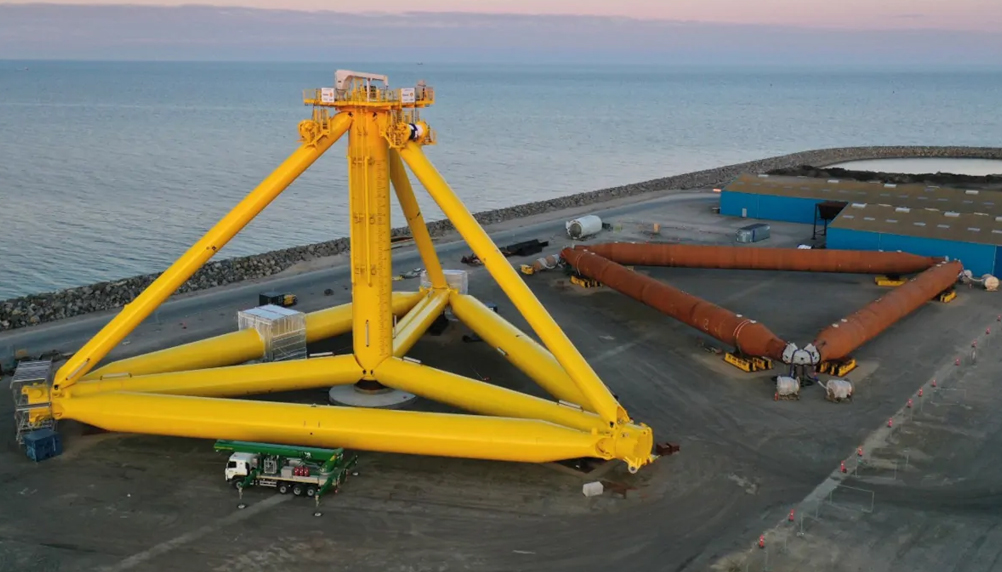Wind Advancements

Over the last decade, global wind power has been increasing by 9% a year. From a capacity perspective, the two leading nations in wind capacity are China and the United States. China alone built more new wind farm capacity in 2020, 71.1GW, than the whole world combined the year before. This was a 60% increase in new capacity compared to the previous year’s output. In the first half of 2021, China connected a further 10.8GW to the country’s grid.
What is Wind Power?
A wind turbine, technically known as an Aerofoil Powered Generator, is a device that converts kinetic energy from the wind into electrical power.As wind passes over the blades their aerodynamic design catches the air which causes them to rotate. The blades are connected to a shaft in the unit at the top of the turbine, known as the nacelle, which is then connected to a generator. As the blades rotate the shaft turns the generator which converts this kinetic energy into electricity.
The generated electricity then passes through a transformer which converts the electricity into the correct voltage before it is sent off to the grid for consumption.
Wind farms are commonly spotted in rural areas or on the horizon, the latter known as offshore. These offshore turbines are fixed to the sea bed, depending on the depth either by a single steel monopile for a steel jack structure which resembles the same shape as electricity pylons.

In recent months companies have been experimenting with a new type of floating foundation. A partnership between Shell, RWE, TEPCO Renewable Power, and Stiesdal Offshore has seen the TetraSpar demonstration project be launched off the coast of Norway.
The 3.6MW Siemens turbine was installed atop a spar based foundation which is suited for depths of 100 – 1,000m, more than normal fixed foundation, sits at a 200m depth. Its fast assembly of these modules on the quay side, no welding and no requirement for a special port meant that it was quicker to manufacture and install than fixed turbines. The world’s first industrially manufactured floating offshore foundation typically has an unballasted draft of 8 – 10m, with a turbine installed.

The now connected turbine, which is now producing power and supplying into Norway’s grid, is a step in a new direction for renewable energy. With the partnership setting its sights on Japan as the TetraSpar is suited for Japanese ocean conditions.


